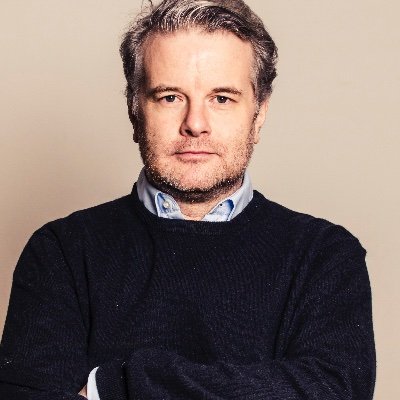Researchers have achieved a groundbreaking feat in quantum transmission through a fiber optic cable, covering an unprecedented distance of 248 kilometers. This achievement heralds new possibilities for applications in advanced encryption methods.

While quantum transmissions have already been successfully demonstrated from La Palma to Tenerife and from Vienna to China, this latest milestone, connecting St. Pölten and Bratislava, sets a new world record despite its regional scope.
The prominent role of Nobel laureate Anton Zeilinger is evident once again, as researchers from the Institute for Quantum Optics and Quantum Information of the Austrian Academy of Sciences, which Zeilinger founded in 2003, spearheaded this endeavor. Their goal extended beyond distance records; they aimed to establish a crucial node in a burgeoning quantum data network called Quapital, envisioned to link Central Europe through quantum connections.

The results of this successful experiment have been disseminated in prestigious journals such as “Nature Communications” and “Quantum”. Over several days, a central transmitter in Vienna sent entangled light particles to St. Pölten and Bratislava. At the receiving ends, these particles were carefully detected to confirm their sustained entanglement. Remarkably, a transmission rate of nine entangled particles per second was maintained for an impressive duration of 110 hours.
The challenge in such transmissions lies in the inherent properties of quantum states, which do not allow for straightforward reading and amplification along the transmission path. Sebastian Neumann, the lead author of the publication, underscores this difficulty, pointing out that unlike conventional data lines, quantum states cannot be readily extracted and duplicated, a principle supported by the “No Cloning” theorem.
However, it is precisely this characteristic that makes quantum links so appealing. They offer a promising avenue for secure data transmission, particularly in contexts where confidentiality is paramount.
The unique nature of quantum physics plays a pivotal role in this endeavor, where observations have tangible consequences, making eavesdropping a significant concern. Quantum links leverage the concept of “entangled” particles, which maintain a mysterious connection over vast distances, as famously articulated by Einstein and later demonstrated by Nobel laureates Clauser and Aspect.

Rupert Ursin, the scientific leader of the project, highlights the significance of quantum entanglement in generating correlated randomness, akin to two coins tossed at different locations invariably landing on the same side. Such randomness serves as an ideal foundation for generating secure encryption keys.
Crucially, this achievement was realized using standard fiber optic cables, ubiquitous for high-speed data transfer worldwide. Despite the inherent sensitivity of quantum systems to disturbances, which often necessitate specialized equipment, fiber optic cables provided adequate shielding to maintain entanglement over extended distances.
With this record-breaking transmission, the prospect of a secure quantum internet moves closer to reality, promising transformative advances in secure communication.
